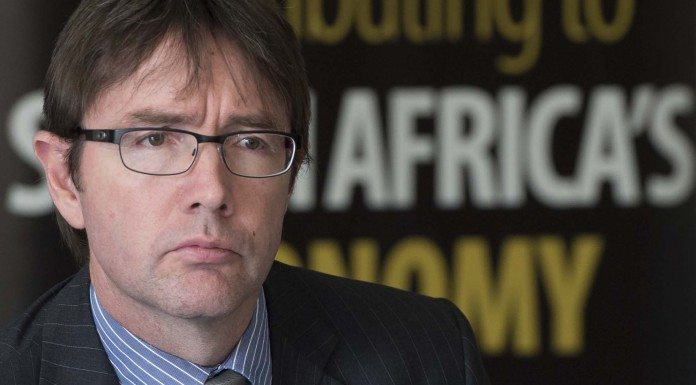
THE Minerals Council South Africa questioned the government’s exploration strategy document published earlier this week saying it contained changes to an earlier draft that had been agreed with industry.
The strategy document, which was published along with a detailed implementation plan, placed the Department of Mineral Resources and Energy (DMRE) at the forefront of mineral project identification and funding.
It simultaneously asked for private sector participation in projects that it would first approve. Qualifying exploration companies were also required to be 51% black owned – a level of empowerment that mines minister Gwede Mantashe said would not be foisted on exploration companies when he unveiled the third Mining Charter in 2018.
“While we have early concerns with the quality of the drafting of the Exploration Strategy for the Mining Industry of South Africa, we also note there are numerous changes to the draft Exploration Implementation Plan that was agreed in January 2021 and which we need time to examine and understand before we are able to comment,” the council said.
The council also said that a priority was for the implementation of a new minerals cadastre which is now more than a year overdue based on the DMRE’s self-imposed deadlines.
“One of the most urgent matters for the DMRE to address is the rapid implementation of a transparent, functional, corruption-free, online cadastre system to replace the failed SAMRAD system that has stymied exploration,” the council said.
The Minerals Council said it had offered technical and financial help to implement the cadastre. A recommendation to buy and implement “off-the-shelf” software appears to have been ignored. A market source told Miningmx in January that the DMRE’s own proposals for a cadastre had been met with market apathy.
This all comes at a time when South Africa sank to fresh lows in terms of the attractiveness of the country to foreign mining investors.
According to the influential Fraser Institute’s Annual Survey of Mining Companies 2021, the country’s mining sector is now nestled among the 10 least attractive investment destinations. The council said the results of the survey were distressing.
“This is a deeply disappointing reflection of the state of mining in South Africa. It is worrying that the trend remains downwards rather than stabilising or improving,” said Minerals Council CEO, Roger Baxter.
The Fraser Institute’s Investment Attractiveness Index is weighted 40% by policy and 60% by mineral potential, the council said.
Putting the government in the role of referee and player, the exploration strategy paper stands to further exclude itself from international funding.
“Relying on the government to find the next large deposit is reasonably unrealistic,” said Brett Beatty of Resource Capital Fund.
“I heard 650 participants at the conference) collectively sigh,” said Joburg Indaba chairman, Bernard Swanepoel, a former CEO of Harmony Gold. “I wouldn’t just sigh,” said Fiona Perrott-Humphrey, a London-based director at Rothschild & Co: “I would scream. Oh dear me: no, no no”.
“As people get a better appetite for risk they will go into other countries such as Zambia and the Congo. If the South African Government has its heavy hand on everything, it [exploration] is dead,” she added.











